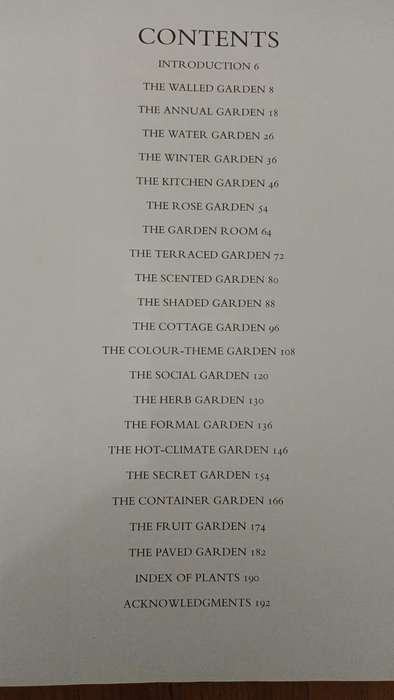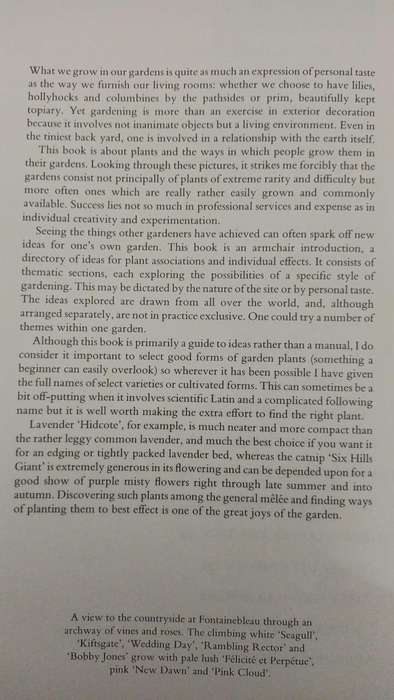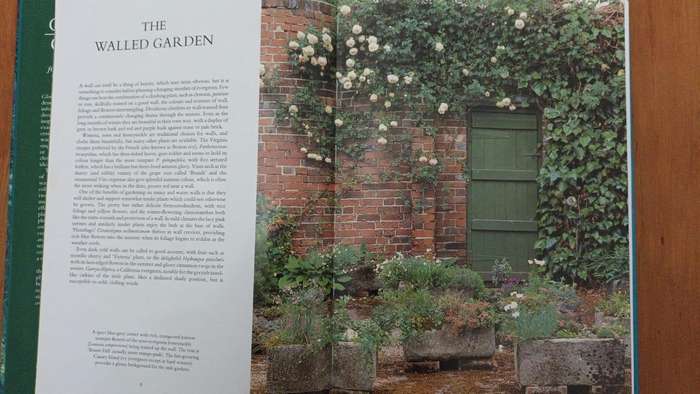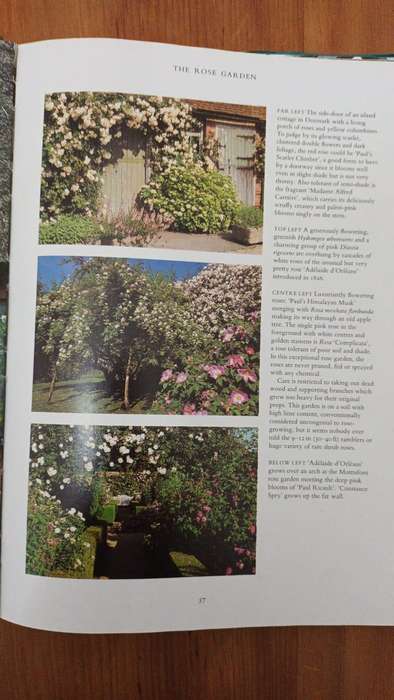
















Glorious Gardens: a Portfolio of Ideas for Planting and Design
Check my rate
| Main centres: | 1-3 business days |
| Regional areas: | 3-4 business days |
| Remote areas: | 3-5 business days |

















| Main centres: | 1-3 business days |
| Regional areas: | 3-4 business days |
| Remote areas: | 3-5 business days |
Francesca Greenoak, Glorious Gardens: A Portfolio of Ideas for Planting & Design. New York: Congdon & Weed, 1989.
Quarto (30 x 22 cm), dustwrapper, hard cover, 192 pages, beautifully illustrated throughout in colour.
Dustwrapper slightly frayed. In very good condition.
'What we grow in our gardens is quite as much an expression of personal taste as the way we furnish our living rooms: whether we choose to have lilies, hollyhocks and columbines by the pathsides or prim, beautifully kept topiary. Yet gardening is more than an exercise in exterior decoration because it involves not inanimate objects but a living environment. Even in the tiniest back yard, one is involved in a relationship with the earth itself. This book is about plants and the ways in which people grow them in their gardens. Looking through these pictures, it strikes me forcibly that the gardens consist not principally of plants of extreme rarity and difficulty but more often ones which are really rather easily grown and commonly available. Success lies not so much in professional services and expense as in individual creativity and experimentation. Seeing the things other gardeners have achieved can often spark off new ideas for one's own garden. This book is an armchair introduction, a directory of ideas for plant associations and individual effects. It consists of thematic sections, each exploring the possibilities of a specific style of gardening. This may be dictated by the nature of the site or by personal taste. The ideas explored are drawn from all over the world, and, although arranged separately, are not in practice exclusive. One could try a number of themes within one garden. Although this book is primarily a guide to ideas rather than a manual, I do consider it important to select good forms of garden plants (something a beginner can easily overlook) so wherever it has been possible I have given the full names of select varieties or cultivated forms. This can sometimes be a bit off-putting when it involves scientific Latin and a complicated following name but it is well worth making the extra effort to find the right plant. Lavender 'Hidcote', for example, is much neater and more compact than the rather leggy common lavender, and much the best choice if you want it for an edging or tightly packed lavender bed, whereas the catnip 'Six Hills Giant' is extremely generous in its flowering and can be depended upon for a good show of purple misty flowers right through late summer and into autumn. Discovering such plants among the general melee and finding ways of planting them to best effect is one of the great joys of the garden.'